North Island
Aukland
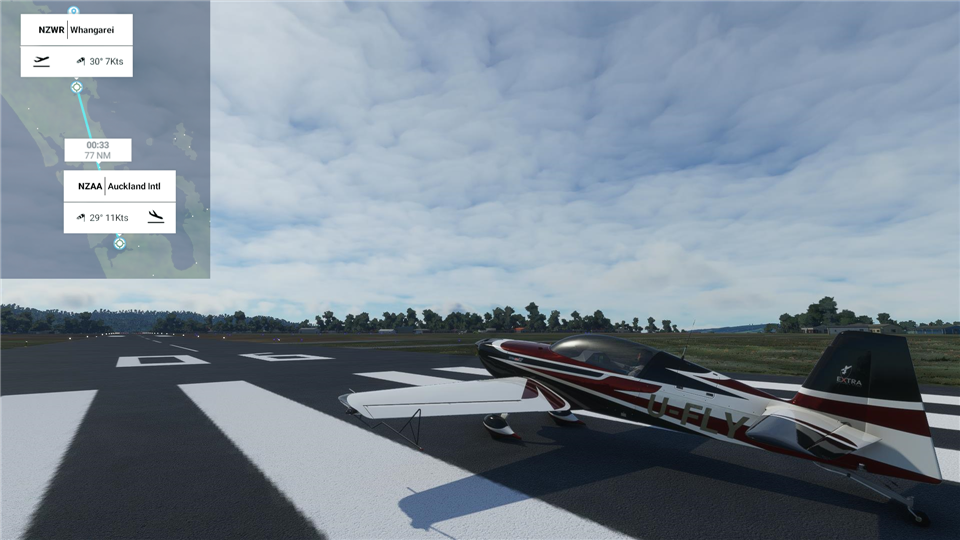
This morning we're heading towards Tāmaki Makaurau, or Auckland if you are a Pākehā. The term Pākehā refers to foreigners broadly, and Europeans specifically. It is not meant as a slur, merely a label. It is thought to have originated from the chant early visitors sang whilst raising their anchors - pakepakehā, as the non-English Māori remember it.
Raising anchors was a gruelling task, and made use of a device called a windlass, a barrel and winch device first invented by Archimedes and used throughout the centuries by various cultures for heavy tasks, such as lifting water. Raising anchors with such a device involved lots of sailors inserting handspikes (levers) into the device and then jerking them all in unison, and a howl or chant from the leader was used to coordinate everyone.
The pakepakehā chant remembered by the Māori may have been something more akin to Oh, Riley!, Oh, Riley!,... or Carry me long!, Carry me long!,.... Other chants of the day would have included We're Homeward Bound! and Haul-in, Haul-two, Haul-Belay! the only real requirement for a chant being a three count, with the greatest coordinated effort being applied on the third.
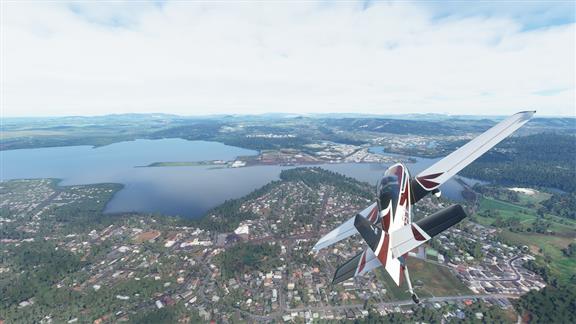 Up, up and away!
Up, up and away!
|
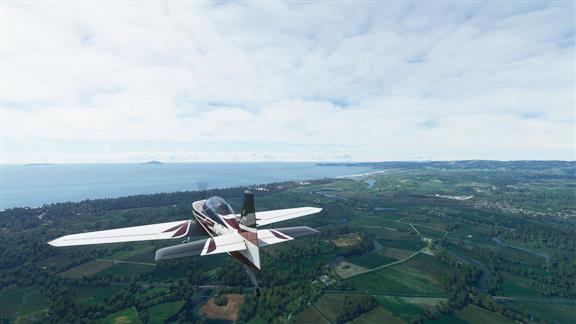 Waipu, known for its glowing worms. Gross.
Waipu, known for its glowing worms. Gross.
|
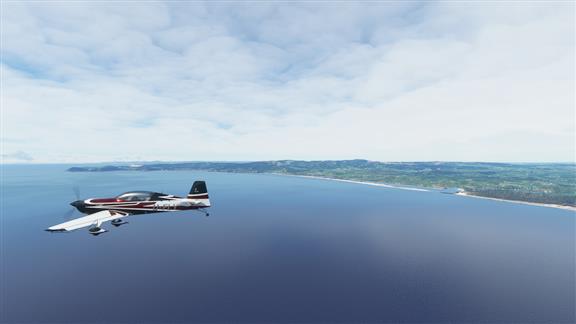 Let's check out some islands.
Let's check out some islands.
|
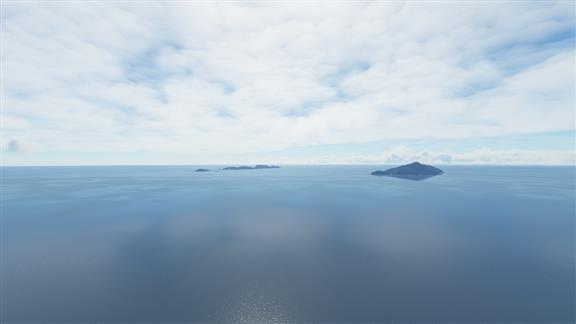 Hen and Chicken islands. The big island, Hen Island, is a four million year old volcano. Mostly a scenic preserve now, also a source of original fauna such as the North Island Saddleback, a species of forest bird that was wiped out on the mainland by introduced species such as rats and stoats.
Hen and Chicken islands. The big island, Hen Island, is a four million year old volcano. Mostly a scenic preserve now, also a source of original fauna such as the North Island Saddleback, a species of forest bird that was wiped out on the mainland by introduced species such as rats and stoats.
|
Little Barrier Island. New Zealand's first nature preserve, dating back to 1896. Originally Te Hauturu o Toi - The Resting Place of the Wind. Now it is the resting place of 40 species of rare or endangered birds, 14 reptiles, 2 bats and over 400 native plants. Their big success story is the Hihi, a little bird which would be extinct were it not for this one island.
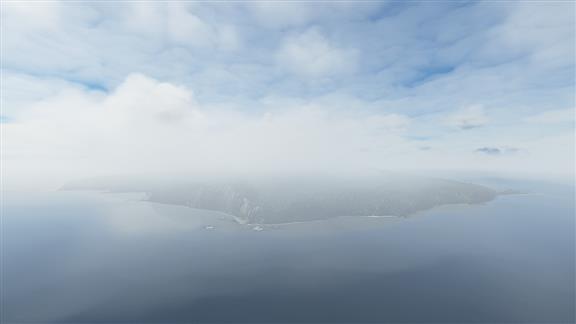 |
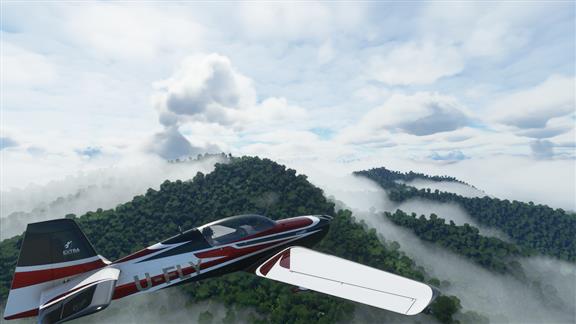 |
Whangaparaoa Peninsula. A swanky retirement area and, oddly, also the place where they quarantine travellers who need it and newer refugees.
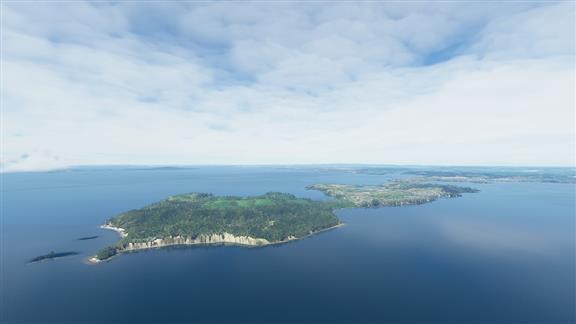 |
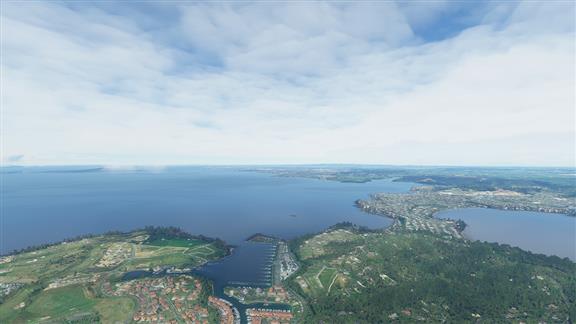 |
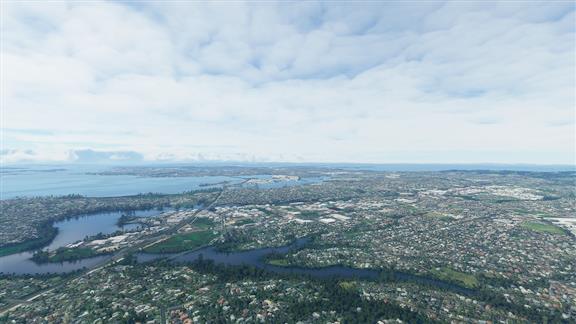 And this is technically the Burbs, but really all part of the greater Auckland area.
And this is technically the Burbs, but really all part of the greater Auckland area.The Auckland region has long been a desirable place to live, with two natural harbours (Manukau on the Tasman Sea and Waitematā on the Pacific Ocean) and rich, fertile land thanks to 53 dormant volcanos. The Māori population is thought to have peaked at over 20,000 after first being inhabited in the 14th century. This would have caused an issue with Europeans wishing to settle here. But thankfully, due to the strategic introduction of muskets to some of the Māori, those living in Tāmaki Makaurau fled the region around the two harbours which gave excellent access to invading war canoes. So when the Europeans arrived there was no one here. And they quickly set up shop and fortified the place. When Hōne Heke, an influential chief, decided the Waitangi treaty needed some more work, the Empire responded by encouraging retired, but otherwise fit, soldiers to relocate to the Auckland area and form Fencible units, something like the Reserve. About twenty years later, when the Māori decided they needed a king, 12,000 soldiers arrived to make it clear they already had a monarch, and that was Queen Victoria. There is still a large military presence in the area, such as the Whenuapai Royal New Zealand Air Force Base. But these days a soldier in the Tribe of the God of War is just as likely to be of Māori descent. |
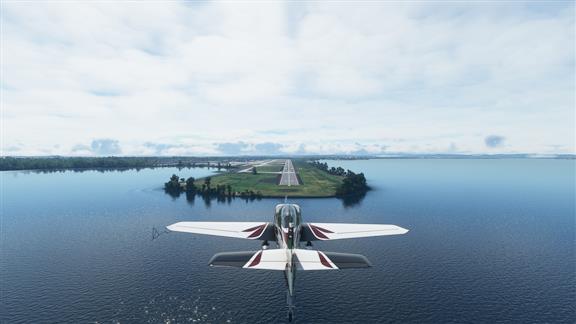 And that's it for today. See ya tomorrow.
And that's it for today. See ya tomorrow.
|